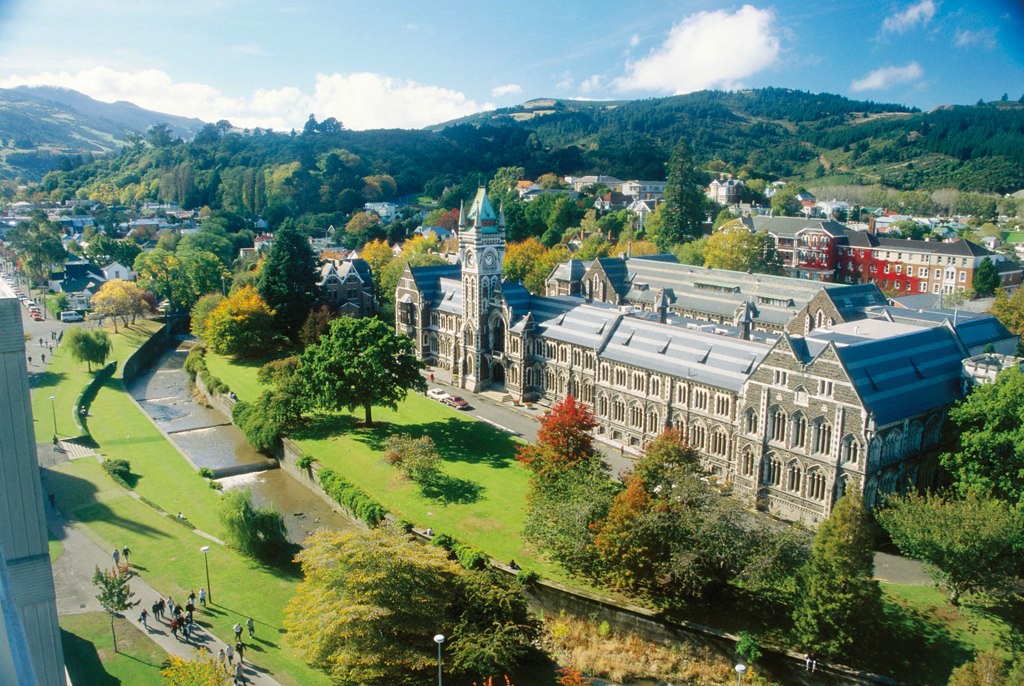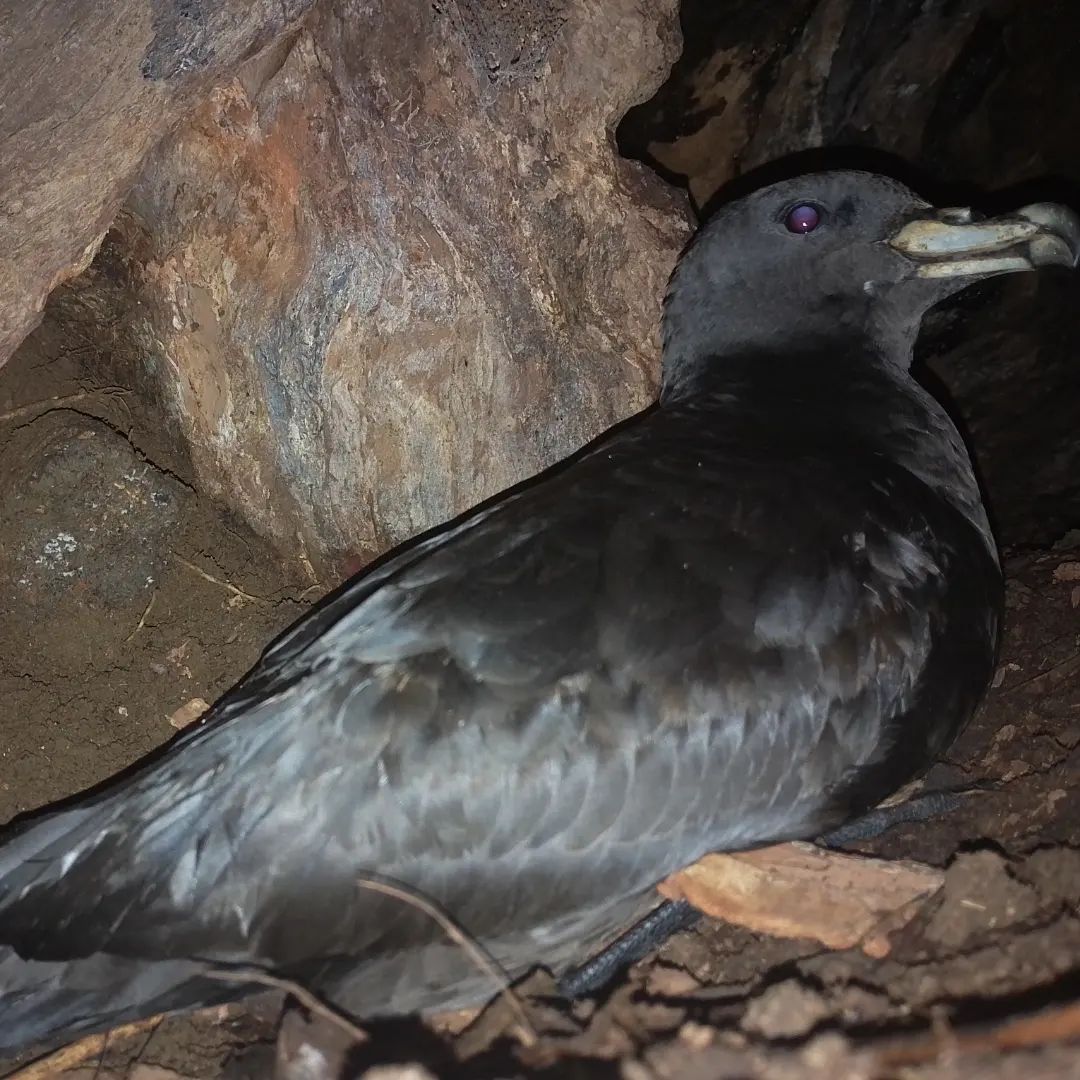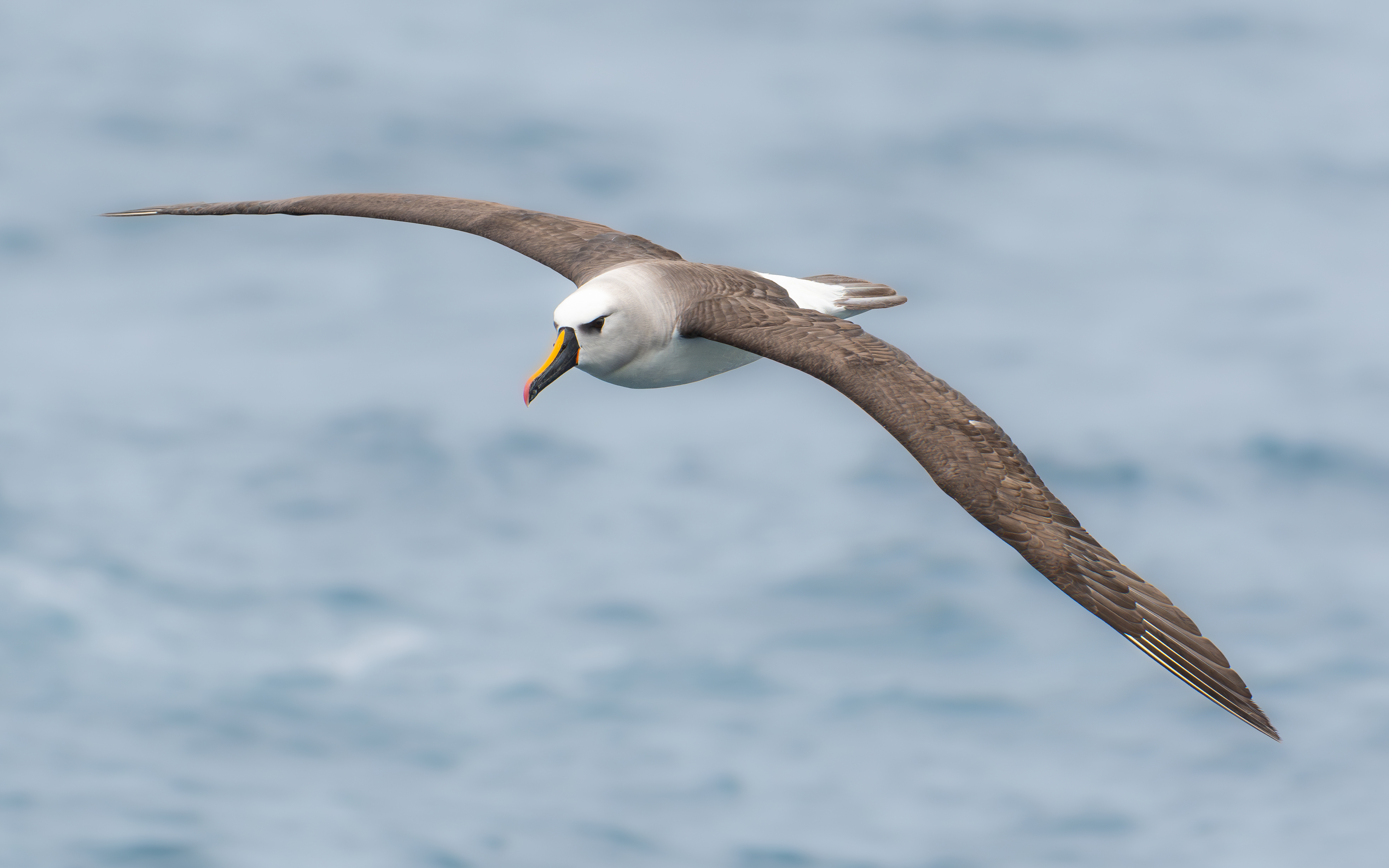 Waved Albatross by Shari Williams of ABUN for World Albatross Day 2020, after a photograph by Laurie Smaglick Johnson
Waved Albatross by Shari Williams of ABUN for World Albatross Day 2020, after a photograph by Laurie Smaglick Johnson
Gustavo Jiménez-Uzcátegui (Charles Darwin Research Station, Puerto Ayora, Galápagos, Ecuador) and colleagues have published in the open access journal Marine Ornithology on the absence of high pathogenicity avian influenza in Critically Endangered Waved Albatrosses Phoebastria irroratae.
The paper’s abstract follows:
“Highly pathogenic avian influenza (HPAI) is caused by the Alphainfluenzavirus influenzae species (type A, subtype H5N1), which has been detected in mammals (including humans) and marine birds in the Americas, including the Galápagos Islands. The Waved Albatross Phoebastria irrorata is a marine endemic species of Ecuador. Most of its breeding population nests on Española Island in the Galápagos Archipelago, and it forages at sea in the eastern South Pacific. This marine bird shares its feeding areas with the Peruvian Pelican Pelecanus thagus, Peruvian Booby Sula variegata, Guanay Cormorant Leucocarbo bougainvillii, Humboldt Penguin Spheniscus humboldti, Sanderling Calidris alba, Belcher’s Gull Larus belcheri. These six species nest on the mainland of Ecuador and Peru; all have tested positive for HPAI H5N1, which has been particular concern to researchers. Therefore, we used a real-time quantitative reverse-transcriptase polymerase chain reaction (qRT-PCR), to test for HPAI H5N1 in choana-tracheal and cloacal samples from Waved Albatross at the Punta Suárez and Punta Cevallos colonies on Española Island, which have been under investigation for more than two decades. None of the birds tested positive for HPAI H5N1. Despite negative results, it is important to implement preventive and precautionary measures to avoid the spread of this viral disease to the Galápagos Archipelago. Avian influenza can have a high impact on the isolated Galápagos Islands and, therefore, we must deeply understand the possible means of entry of this virus.”
Reference:
Jiménez-Uzcátegui, G., Vélez, A., Vega, P., Buendia, V., Montenegro-Benalcázar, V., Sevilla, C. & Cruz, M. 2024. No evidence for high pathogenicity avian influenza in Waved Albatross Phoebastria irrorata. Marine Ornithology 52: 349-353.
22 October 2024

 English
English  Français
Français  Español
Español  The small city of Dunedin (pictured) on New Zealand's South Island will host the Eighth Meeting of the Parties to the Agreement on the Conservaiton of Albatrosses and Petrels in May 2025; photograph by Nathan Hughes Hamilton
The small city of Dunedin (pictured) on New Zealand's South Island will host the Eighth Meeting of the Parties to the Agreement on the Conservaiton of Albatrosses and Petrels in May 2025; photograph by Nathan Hughes Hamilton



 An Atlantic Yellow-nosed Albatross in waters off Tristan Da Cunha; photograph by Ross Wheeler
An Atlantic Yellow-nosed Albatross in waters off Tristan Da Cunha; photograph by Ross Wheeler